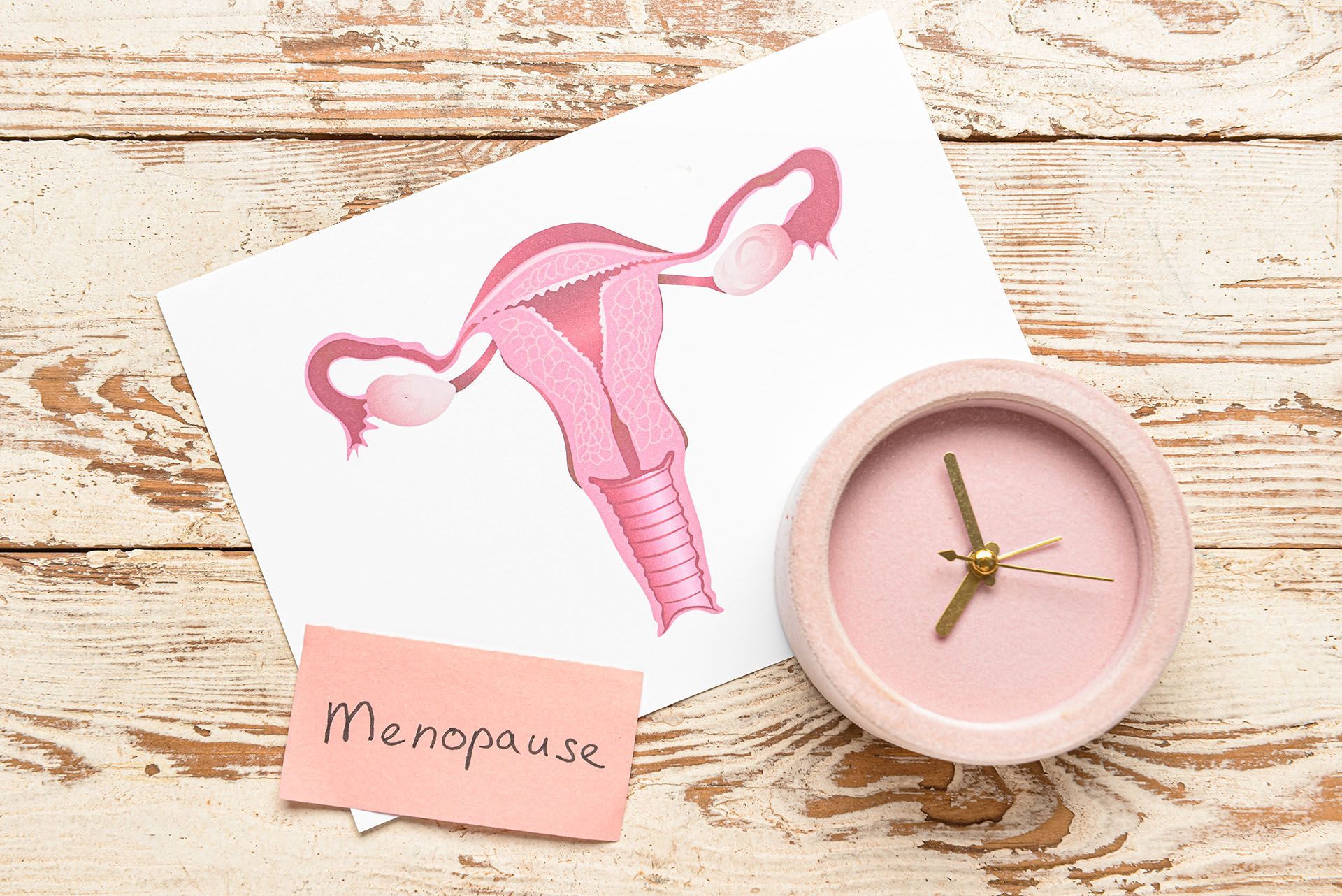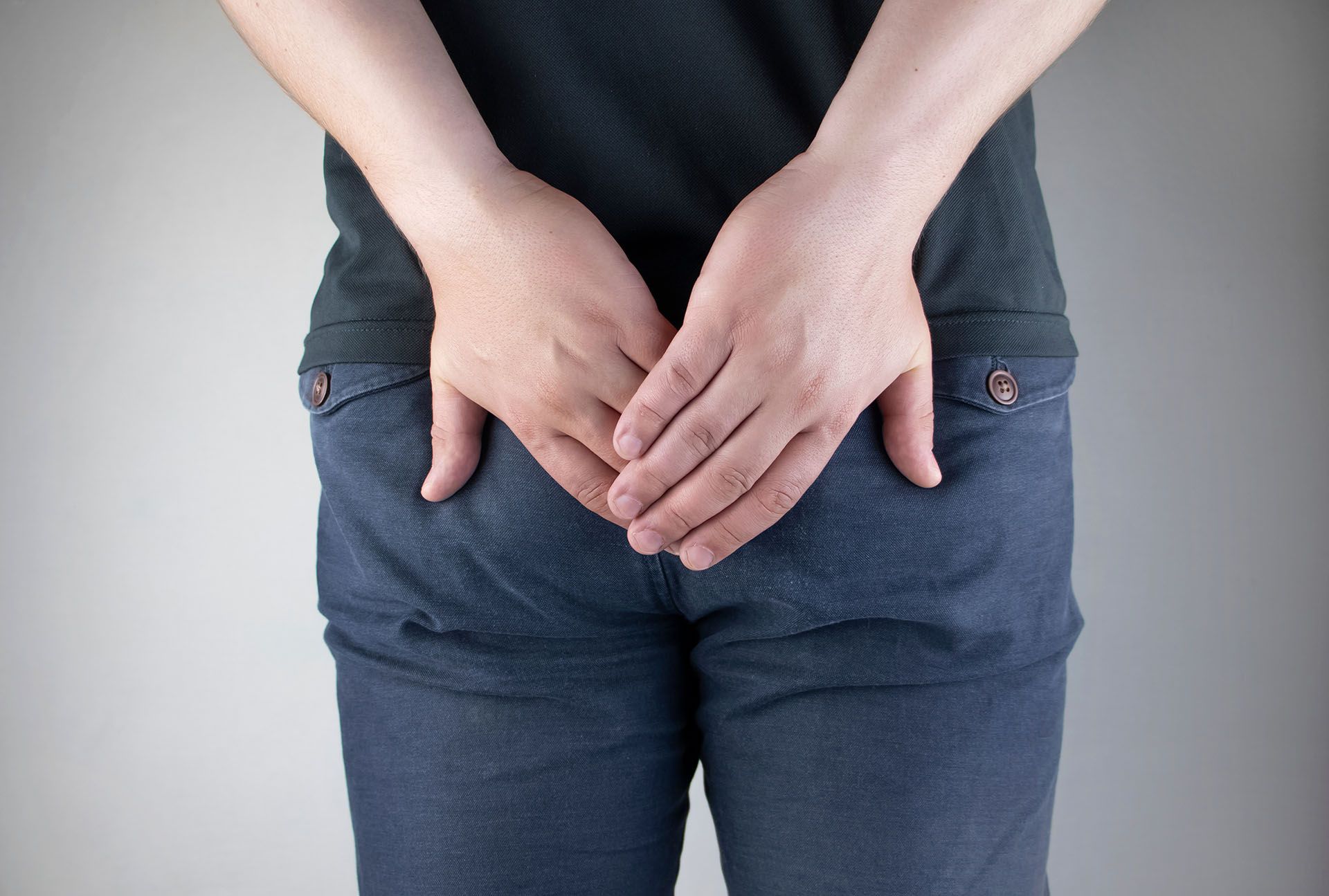Understanding Urinary Incontinence: Prevalence, Risk Factors, Symptoms, and Types
Urinary incontinence, characterized by the involuntary loss of urine, is a prevalent condition affecting millions worldwide. In the United States alone, over 25 million adults experience urinary incontinence, with women being more commonly affected than men. While aging is a significant risk factor, urinary incontinence can affect individuals of all ages and genders. Other risk factors include childbirth, obesity, pelvic floor dysfunction, neurological disorders, and certain medications.
There are different types of urinary incontinence. Stress urinary incontinence (aka SUI), the most common type, occurs when pressure on the bladder increases, leading to leakage during activities such as coughing, sneezing, or exercising. Urge incontinence (aka UI), also known as overactive bladder (aka OAB), involves a sudden and intense urge to urinate, often resulting in leakage before reaching a restroom. Mixed incontinence combines symptoms of both SUI and OAB. Lastly, overflow incontinence occurs when the bladder fails to empty completely, causing frequent dribbling of urine.
Managing urinary incontinence begins with a thorough evaluation to determine the underlying cause and appropriate treatment approach. Like with bowel incontinence, usually the first line of therapy includes medication and pelvic floor physical therapy.
In patients who do not get better with medication and pelvic floor physical therapy, minimally invasive procedures like botox injections (done by a urologist) or sacral nerve stimulation (done by a colorectal surgeon, urologist or urogynecologist) may be considered.
Often times, overactive bladder/urge incontinence is often accompanied by bowel incontinence, urgency or leakage. When combined, sacral neuromodulation (aka sacral nerve stimulator, aka interstim) is often the best line of treatment for both issues.
At Houston Community Surgical, Dr. Belizaire provides a safe, judgement free environment for patients to discuss all colorectal related health issues, including bowel and bladder incontinence.
Please come see us, I want to help you!
SHARE ARTICLE:
SEARCH POST:
RECENT POSTS:






